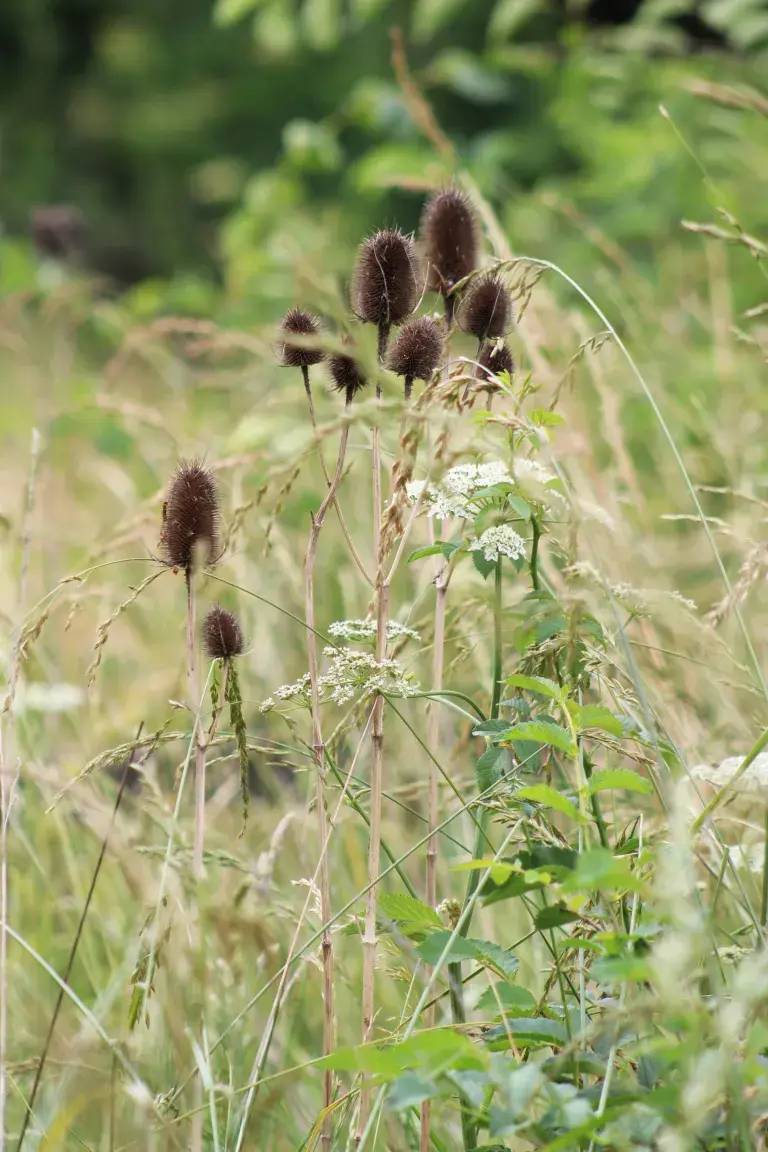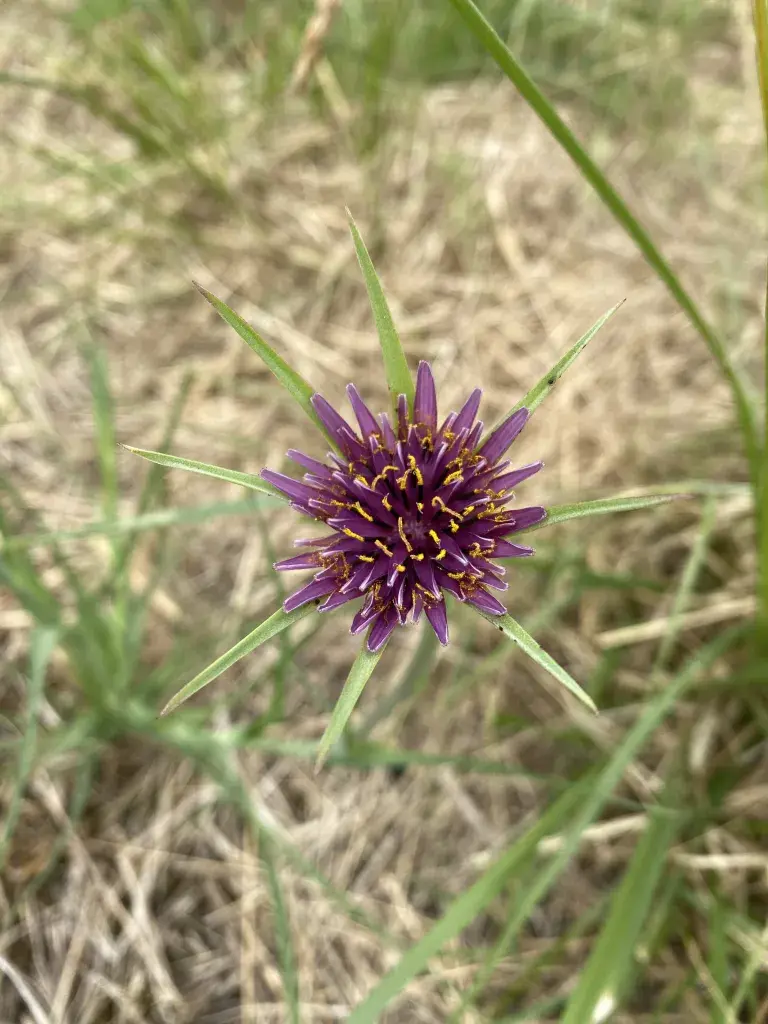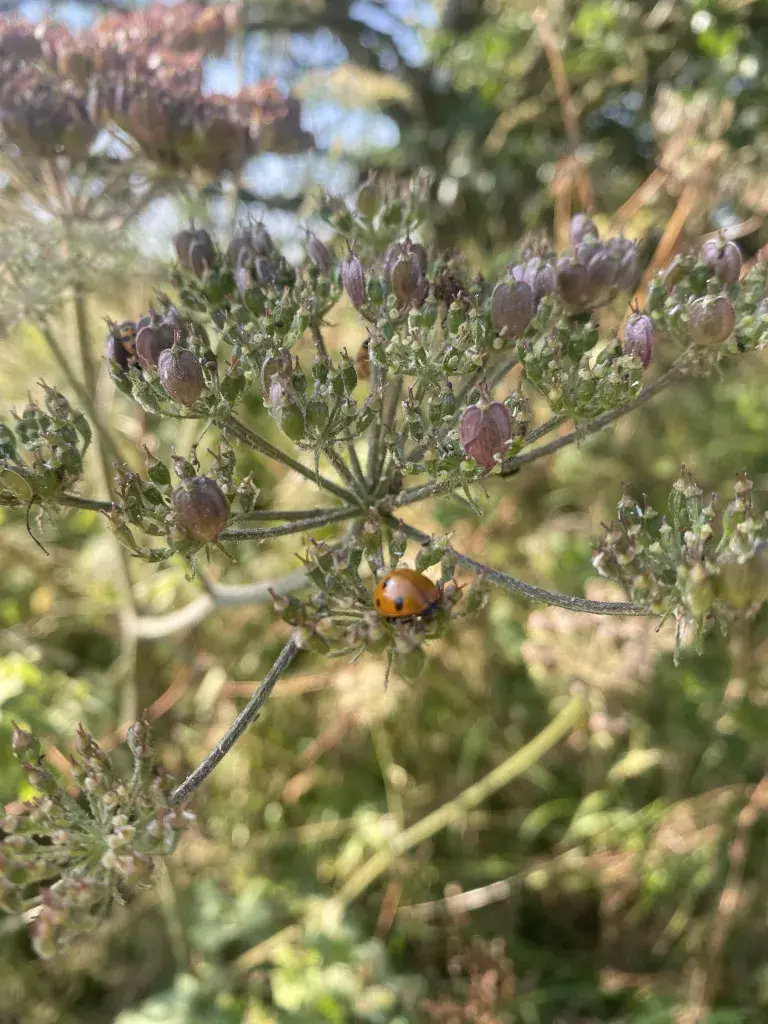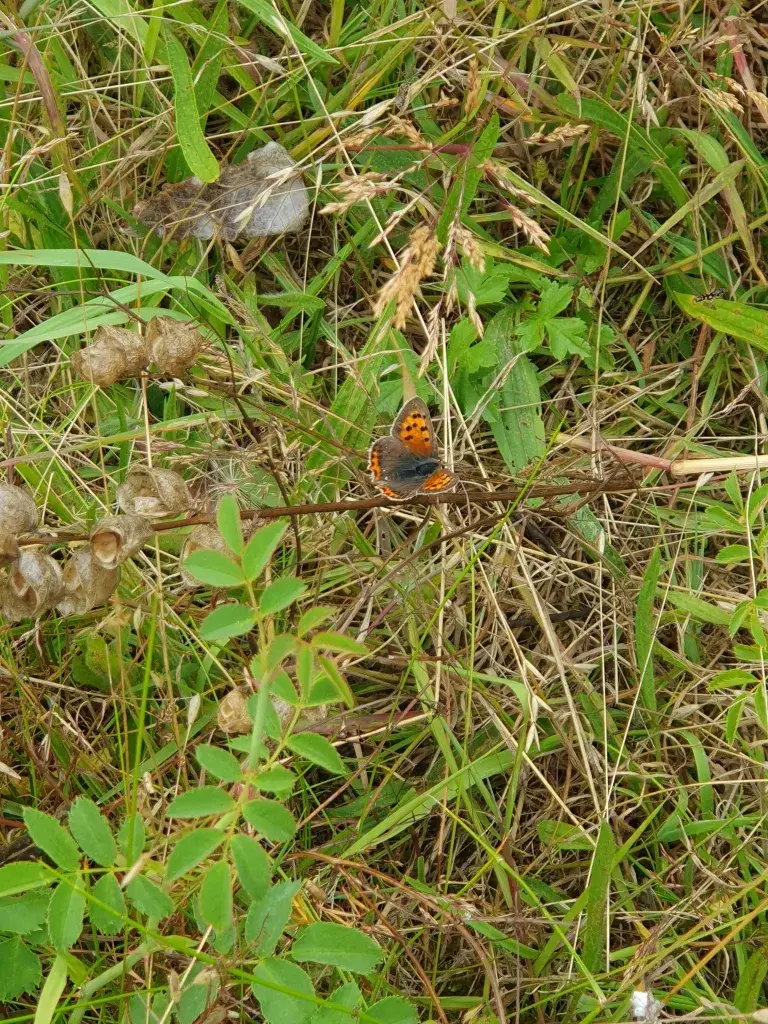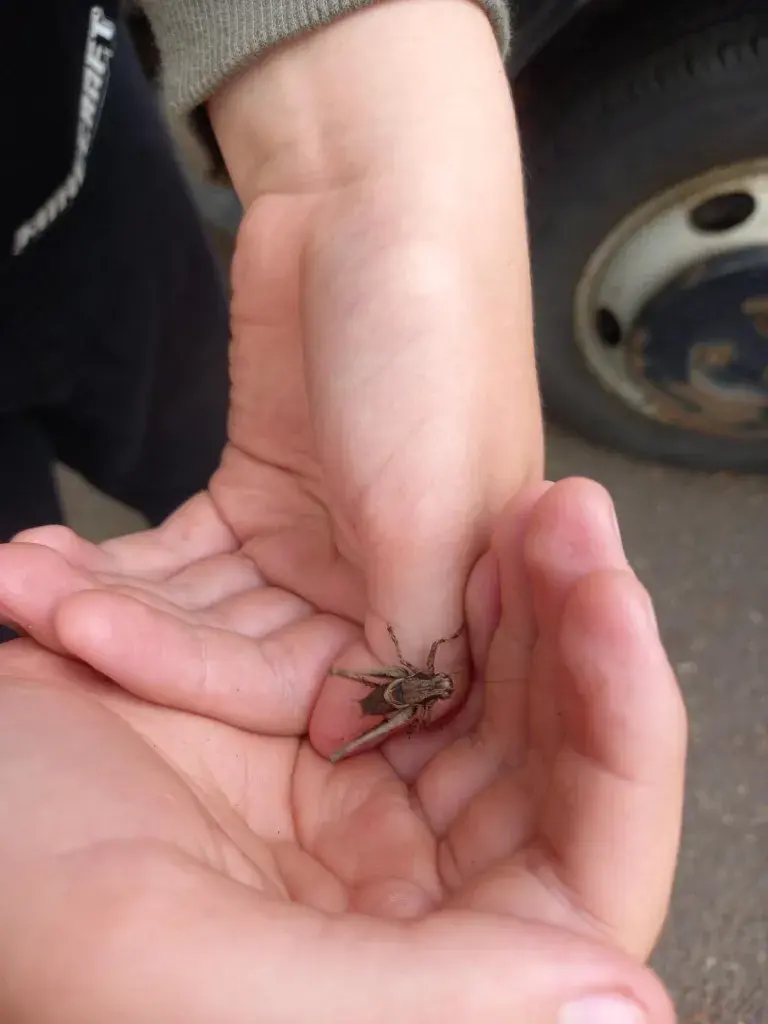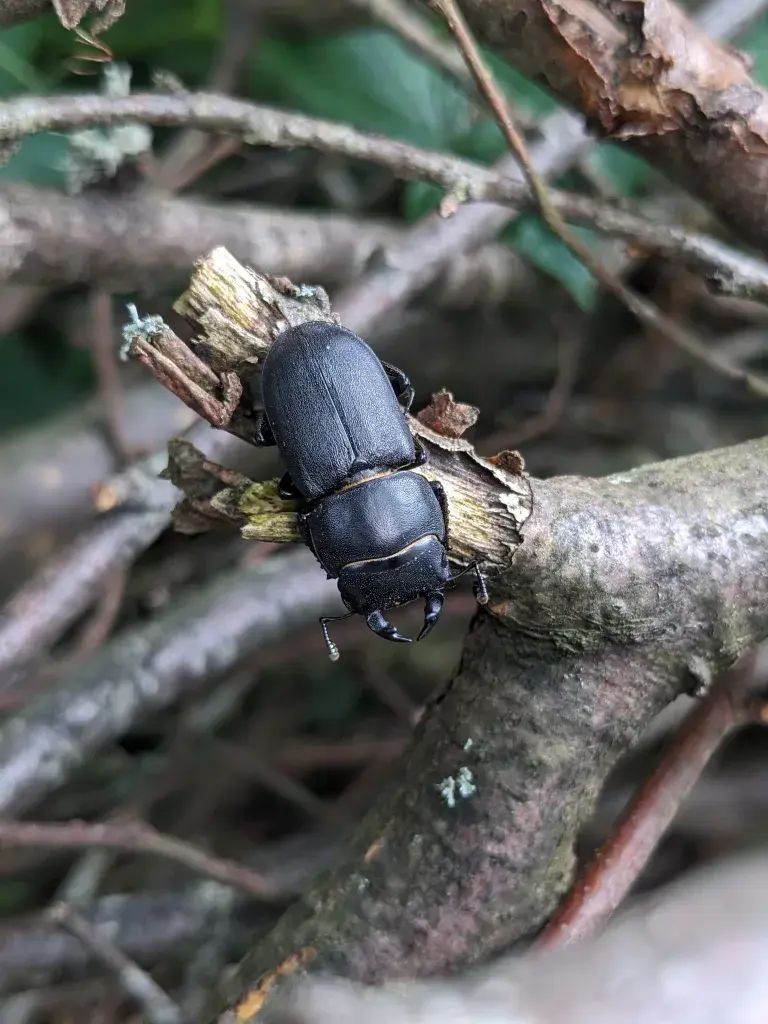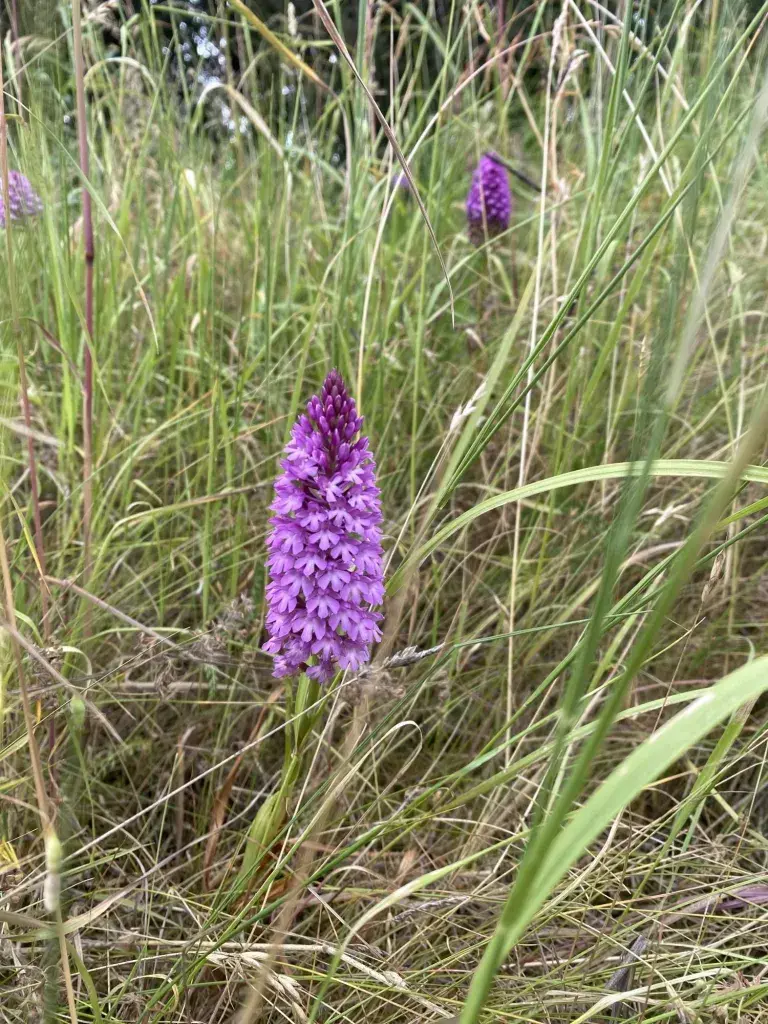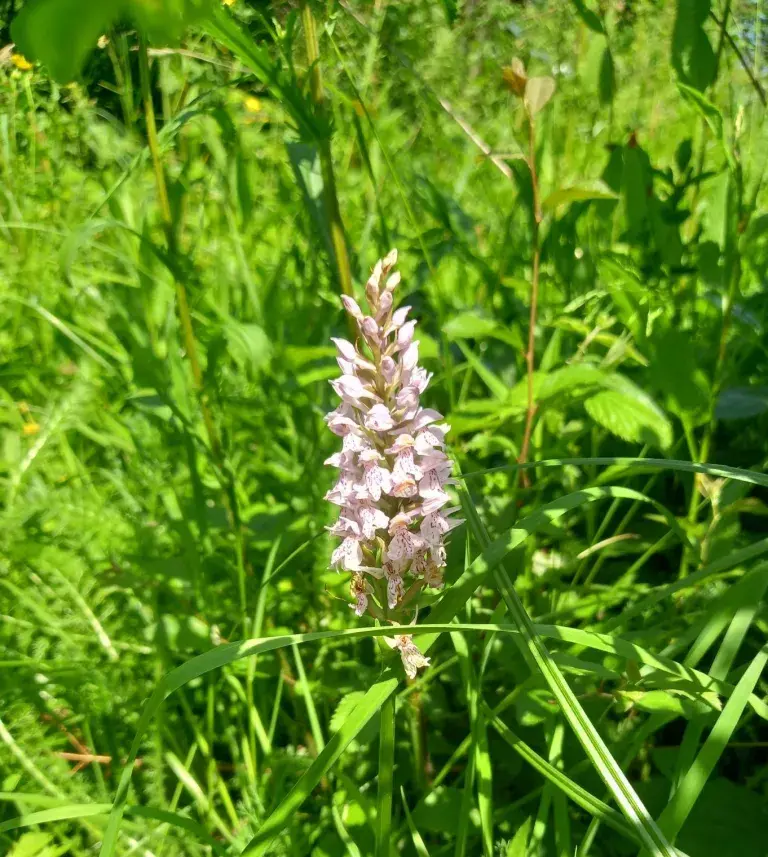Chelmsford’s wildlife corridors give space to thrive
You may have noticed that we’ve been giving many of the areas we manage some space to thrive.
Last year we changed how we maintain around 1,700 acres of our grassland in the district, including everything from big areas like parks, right through to communal green spaces and small neighbourhood verges.
For decades, we’ve been cutting all of the grass every few weeks. Although we did this with the best intentions, we are realising that closely cropped grass is a desert for biodiversity. Now we’re doing things differently to restore lost grassland habitats before it’s too late to support our rapidly declining populations of pollinators.
Habitat corridors created
All of the places we’ve chosen, however big or small, have an important part to play in creating habitat corridors for wildlife in Chelmsford. Humans may not be able to see these highways for insects and other creatures, but they’re crucial in supporting bees and butterflies travelling from one area to another; in feeding nesting birds and bats looking for hundreds of insects every day to feed their young; and in providing stopping points for mammals like hedgehogs. They’re also important for our survival, with scientists warning that insect decline is already causing problems for fruit growers in the UK.
Early signs of regeneration
This new way of doing things is all about supporting habitats in the right place to connect the many green areas we look after. Some spaces like our parks and sports pitches are kept short because they’re important to us for recreation. Others are now mown much less frequently to create wildlife-friendly areas which are rich in nectar.
The areas we’ve selected to grow should be large enough to provide an environmental benefit without presenting any safety issues for local communities. Cllr Rose Moore, the council’s Cabinet Member for a Greener and Safer Chelmsford says there are already encouraging signs that this new approach is helping.
““The policy we’ve introduced is not a ‘no-mow’ policy. It’s about the creation of habitats, and it’s about connecting and creating new corridors for the existing habitats we have in Chelmsford.
Cllr Rose Moore, Cabinet Member for a Greener and Safer Chelmsford
“By mowing in a certain way for so many years, we have diminished the populations of insects and not allowed nature to thrive. The council has responsibility for a lot of green space and has the opportunity to make changes at scale to restore nature.
“Look closely at a tiny triangle of grassland that has been left to grow and to flourish and you’ll see a whole world within. Flowering grasses, clovers and wildflowers, all buzzing with pollinators zig-zagging from one area to the next. Crickets, moths, flies, wasps, butterflies, beetles and bees rely on grassland habitat for shelter and pollinate as they feed. Insects also need connected habitats to reproduce and thrive, which in turn provides food for other members of the food chain. It’s vital that we create more connected spaces for nature to keep everything in balance.
“It will take time to regenerate species that have been so diminished through decades of a close-mowing regime, but we’re already seeing great results in areas where grassland habitat has been given space to thrive. Our aspiration is for even more colour and variety of native wildflowers to be woven into local landscapes year on year.”
Growing season ending
Every year is different, but over the next month the main growing season will come to an end. As wildflowers drop their seeds, our teams will start to cut areas back so that new plants can take root and the cycle will start all over again next year.
A well-timed cut helps to ensure that we’ll see more wildflowers every year and we’ll leave the cut grass on the ground before tidying it up to allow insects and other wildlife to drop off and find new homes.
How does it all work?
Officers from the parks and green spaces team have assessed each area to decide how it will be cared for, meaning that the mowing schedule varies from area to area. Some areas are cut more often than others.
The cutting frequency depends on the location, highway sightlines, safety, visibility, and what’s practical. For instance, verges where lots of people walk will be cut more often than rarely used areas.
Areas where tall grass could become hazardous to traffic or impede highway sightlines will continue to be cut on a more regular basis. As this is the second year of this policy being in place, the general rule of thumb is however the area was managed last year, it’s likely to be treated in the same way this year too.
The weather also has a big impact on how the council manages its green spaces. Prolonged periods of wet weather have led to grass growing more quickly this year compared to last year’s very dry summer. The parks team keep an eye on these conditions and will adapt their plans depending on growth in certain areas and respond as needed. Even in places where grass is cut less often, council staff will still visit and pick litter.
Taller grasses support pollinators
Bees, hoverflies, butterflies, beetles, grasshoppers and moths pollinate 80% of all plant species in Europe, including food crops like tomatoes, rapeseed and strawberries. The number of pollinating insects has drastically declined over the years, with a quarter of bumblebee species now facing extinction. This is having a devastating impact on local ecosystems, the food chain and our own food production. Scientists recently told MPs that fruit growers in the UK are already seeing less yield and lower-quality produce because of the loss of insects.
Relaxing our mowing regime provides early sources of nectar to support bees emerging from hibernation, providing shelter throughout the growing season.
Over 700 species of wildflowers grow on road verges and green spaces and the way they are managed can have a major impact on their value to wildlife.
Addressing the Climate and Ecological Emergency
Urbanisation, agriculture, and climate change have caused a long-term decline in much of the UK’s wildlife-rich habitat and “common” species. As a result, since the 1950s, the number of hedgehogs has fallen by 95%, turtle doves by 98% and the common toad by 68%. In July 2019, Chelmsford City Council declared a Climate and Ecological Emergency, together with a robust Climate Action Plan spanning all areas of the council’s operations.
More information
If you’d like to find out more, a comprehensive list of Frequently Asked Questions can be found on the council’s websites to help explain more about the policy. Next year we’ll bring you more information about Chelmsford’s wildlife corridors, including signs in your neighbourhood to let you know if a green area near you is a designated ‘space to thrive’.


